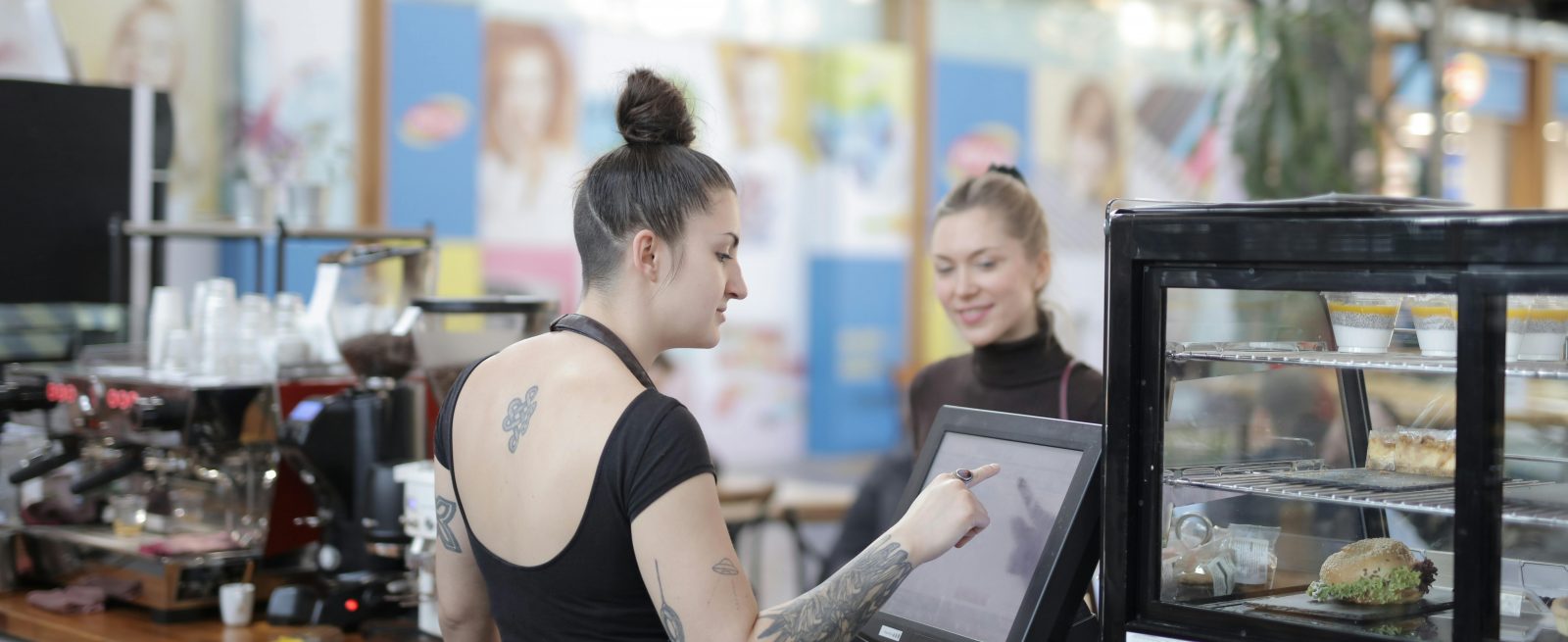The Revolution of Loyalty: The Punch Card Goes Digital
4 Min Read By Corinne Watson
I’m an avid thrifter. I’ve visited almost every thrift store in my town — more than once. At checkout, I’m often handed a punch card alongside my receipt. We’re all familiar with punch cards; spend $100, get $10 free! But we’re also all familiar with the concept of forgetfulness. By the time I’ve purchased enough to get me to the $100 threshold (which for me, doesn’t take long), the long-forgotten punch card has already made its way to a trash can or is making friends with the gum wrappers at the bottom of my purse.
So imagine my smile when I went to check out at a store recently and noticed that they had transitioned to an electronic system that uses phone numbers and SMS to track rewards. In the quaint-but-archaic world of secondhand retail, this was a huge leap! Now I have a way to easily track my purchases, and the store has a way to easily reach me for upcoming sales to get more of my business.
The evolution from paper punch cards to digital loyalty programs marks a significant progression in how restaurants engage with their guests. This digital transformation is not just about technology; it’s about reimagining the relationship between a brand and its customers. Standing out from the crowd doesn’t require deep pockets – all it takes is a touch of creativity and commitment to value.
Enhancing Customer Retention Through Personalization
As punch cards and physical coupons give way to digital interfaces in the restaurant industry, I'm reminded of a familiar trend seen in other industries. During my time in the ecommerce field, many online retailers faced similar challenges regarding customer retention. While the solutions for restaurants share similarities, they require a touch more personalization to truly differentiate themselves. The digital landscape serves as a portal to grasp individual preferences and anticipate guest needs. Customers seek to be valued and acknowledged, and a customized approach proves most effective in providing them with a sense of exclusivity during their experience.
- Tailored Offers: When communicating with customers, consider their preferences, purchase history, and behavior. By developing targeted advertising or personalized emails, you can significantly boost the effectiveness of your marketing campaigns. A customized message resonates more with recipients, increasing the likelihood of engagement. Consider providing a complimentary house salad with a catering order for customers who frequently place large orders or send a reminder to customers who haven’t visited in a while, along with an incentive such as a free drink or a small discount.
- Understanding Spending Patterns: Imagine monitoring what each client spends the most money on during specific days of the week or particular seasons (such as right after Christmas or by capitalizing on New Year's Resolutions in January). Armed with this knowledge, you can strategically offer coupons or special promotions during those occasions. For instance, if your restaurant observes higher spending on Wednesdays, consider offering exclusive Hump Day deals to encourage repeat visits.
- Connect with Customers: Implementing loyalty programs provides a direct line of communication with your customers. You can share brand updates, social media profiles and introduce new menu items or other enticing offers. A well-designed loyalty program fosters a sense of connection and appreciation, reinforcing customer loyalty. A straightforward approach to accomplish this is by providing a birthday incentive that lasts for the entire week of the birthday, accompanied by a tagline such as "this one's for you" or something similar.
Digital loyalty programs extend beyond transactions. They foster genuine connections. Whether through targeted messaging, surprise rewards, or exclusive access, restaurants can create emotional bonds with their patrons. It’s not just about points; it’s about building lasting relationships.
Increase Brand Awareness Through Creative Imagery
In the past, businesses used punch cards as a simple and effective loyalty strategy. Customers received a punch for each purchase, and after a certain number of punches, they earned a reward. This method was straightforward and effective, but it lacked the ability to truly represent the brand beyond the logo stamped on the card.
- Representing Brand Imagery: The digital realm has opened up a world of possibilities for loyalty programs. Instead of just a logo on a card, brands can now incorporate their unique colors, icons, and other brand elements into their digital loyalty programs. This allows for a more immersive and engaging experience for customers, keeping them active and invested in the program. For example, a restaurant could use its signature color scheme in the app interface, use custom icons that reflect its menu items, or include unique animations that bring its brand personality to life. A burger concept incorporating an animated burger icon to mark favorite items or serve as a cursor adds an element of amusement to navigating the app.
- Brand Story and Purpose: Your loyalty program should seamlessly extend from your brand story and purpose, rather than existing as a separate entity. One great example of this is &pizza’s loyalty program ‘Dead President’s Club.’ The loyalty program seeks to enhance customer engagement through a tiered system that prioritizes personalized rewards, aiming to approach every guest exclusively. Interestingly, while Benjamin Franklin never held the office of America’s President, his presence still exists as a tier. This speaks to &pizza’s humorous and playful vibe in the restaurant industry.
The transition to digital loyalty programs signifies a profound shift in how restaurants engage with customers, emphasizing personalization and streamlined experiences. By leveraging creative branding and user-friendly technology, eateries can forge genuine connections, driving loyalty and long-term growth. Prioritizing convenience and value while exceeding customer expectations is key to standing out in today's competitive landscape and fostering lasting relationships.

